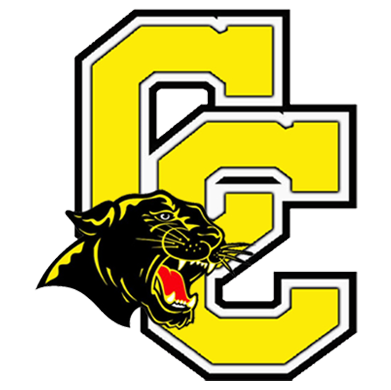Educators in Carroll County Schools have long been tasked with creating resources and delivering content, but a shift is underway. Gone are the days of teachers scouring for materials to craft lessons; a new era of standardized, high-quality curriculum is taking shape.
"That’s where we have lived, but now we have to do better," asserts Jeannie Rohrer, Supervisor of Instruction.
Carroll County joined a pilot program initiated by the Kentucky Department of Education, focusing on English Language Arts (ELA). Assigned coaches guided the district in implementing available teaching resources. The journey towards a refined curriculum involved meticulous research, prioritization, student and family feedback, and the formulation of guiding philosophy and belief statements.
The culmination of these efforts yielded a rubric—a blueprint for evaluating student progress.
Investment in ELA and Math curricula has already begun, aligning teaching practices across schools. The ultimate goal is to align curriculum from Kindergarten through twelfth grade, but differing standards for grade levels sometimes makes that difficult.
So, why is this so important?
A standard aligned curriculum allows for students to grow from year-to-year and from building-to-building. It also allows teachers to have a consistent source of information they can teach to their classes. The result is stronger students and stronger teachers.
Traditionally, Rohrer explained that students were moving from grade-to-grade and had to learn completely different methods nearly every year. This made it harder for them to reach their full potential and it created a challenge for teachers.
“The last couple of years there has been a drive to get consistency across buildings and grade levels,” Rohrer said.
The first curriculum chosen was for ELA. “We were able to align ELA across the district with the high quality instructional resource that was chosen,” said Rohrer.
Attention then turned to math resources, with a curriculum selection made last year. Currently, a dedicated team is vetting science resources.
"We've refined our process each year to meet our evolving needs," Rohrer notes.
Once a resource passes scrutiny, it undergoes superintendent review before seeking board approval. While the superintendent holds authority in curriculum selection, teacher input remains integral.
Following approval, teachers undergo training on resource utilization, with a focus on grade-specific elements. Much of this training occurs during summer professional development sessions.
“Everything is put into one place so anybody can come in and say ‘this is how we do business in fourth grade science,’” Rohrer said.
Monitoring mechanisms ensure adherence to curriculum guidelines, with mandated instructional components subject to oversight. Implementation dips are expected initially, with both teachers and students acclimating to new material. However, by year four, tangible results are anticipated, marking the fruit of their labor.

